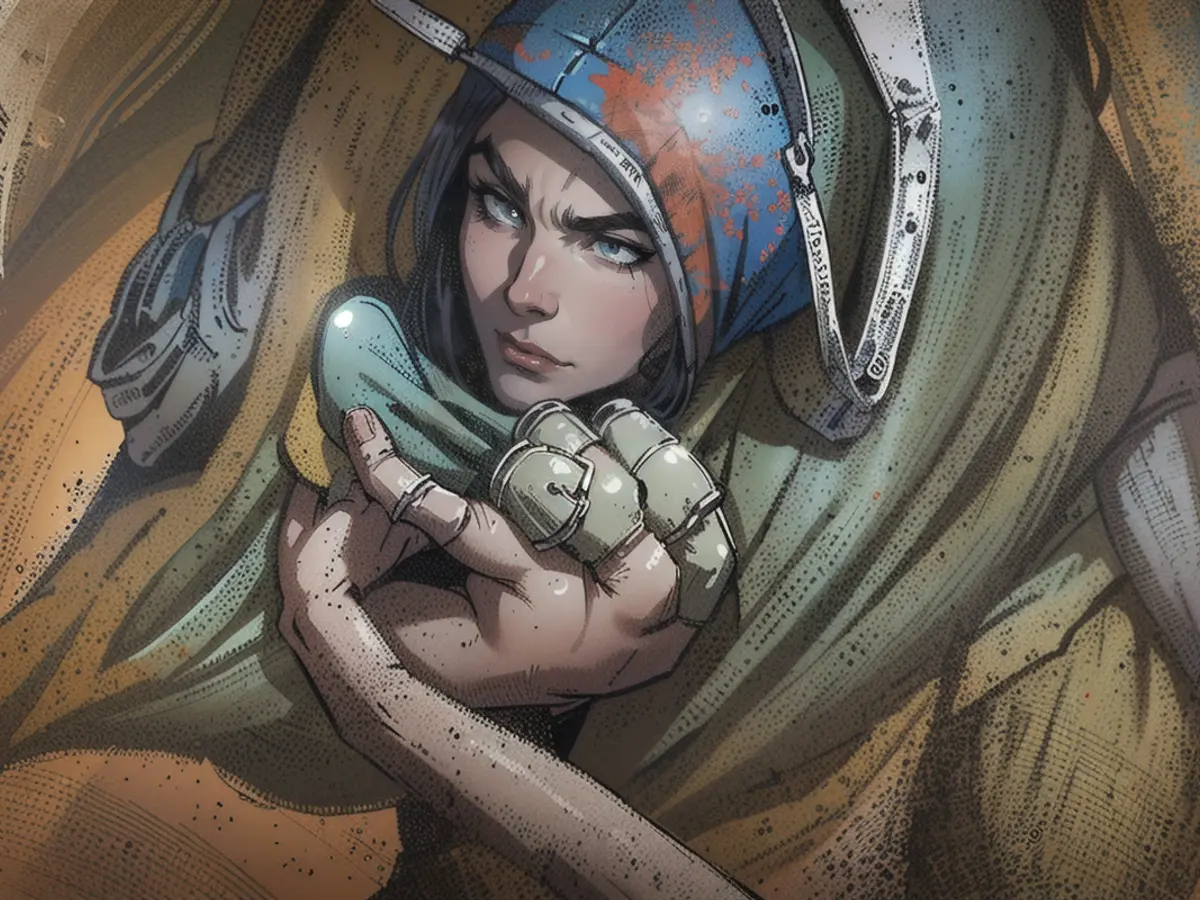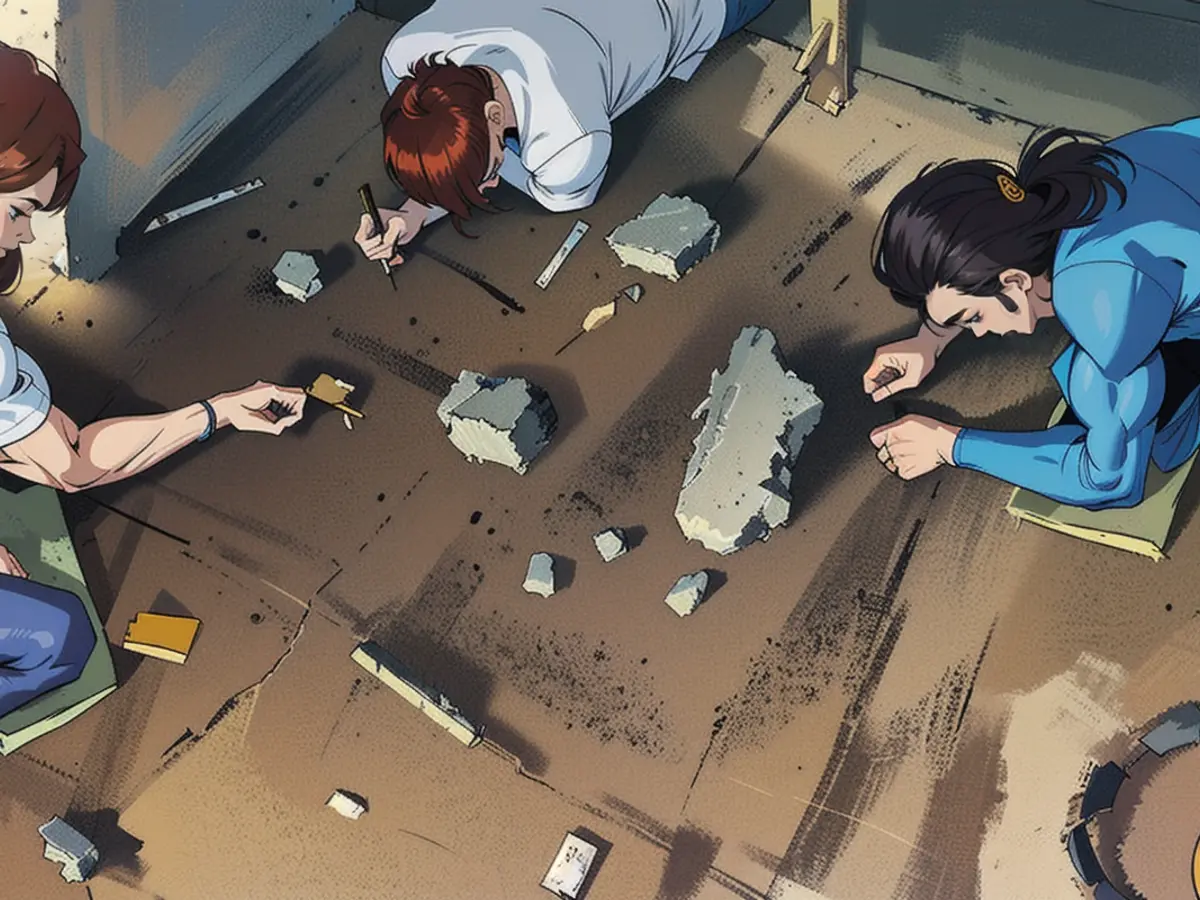Ancient remains dating back thousands of years discovered in Bavaria.
In the lower region of Bavaria, specifically Eichendorf, archaeologists unearthed an ancient skeleton dating back roughly 6800 years. The unique burial customs and various items uncovered suggest that this individual, nicknamed 'Exinger,' held a high-ranking position. This theory was proposed by the district's archaeologist, Florian Eibl, who implied that the individual may have served as a kind of early mayor.
This remarkable finding took place during a pre-construction investigation when excavation unveiled the mysterious grave site. Not many body graves from this time period exist, and it is especially rare considering the general burial practices at that time.
The extraordinary status of this individual was reaffirmed by the exquisite grave goods present. It is presumed this was a man past his prime who rightfully earned his position rather than inheriting it, as this practice was uncommon back then.
The Significance of a Boar's Tooth
The grave contents held an intriguing treasure, a bag embellished with two boar's teeth halves. It may have contained a fire-making tool or a blade of some sort. The boar's tooth seems to symbolize a certain social status, according to Eibl. It was peculiarly challenging to hunt wild boars using primitive hunting equipment, making it an impressive symbol.
Upon discovering the remains, archaeologists found several artifacts near the skull of Exinger, who was buried in a crouching position. They have not yet been thoroughly analyzed; however, they anticipate discovering the original contents. A drinking vessel was also found directly in front of the skeleton's face—what could potentially be Exinger's personal cup—and stone blades both in front and behind the body. The stone blade behind the back was unconventionally positioned, according to Eibl, but it's evident it was not connected to the skeleton itself.
Moreover, researchers uncovered a bowl placed above the skeleton, which likely contained graphite—a dyeing agent used during this era. Eibl theorizes that this bowl possibly played a role in the burial ritual. He concludes by noting that the customs and artifacts reveal more about the culture surrounding the burial rather than the person resting there.

Read also:
- This will change in December
- Dikes withstand water masses so far - Scholz holds out the prospect of help
- Fireworks and parties ring in 2024 - turn of the year overshadowed by conflicts
- Attacks on ships in the Red Sea: shipping companies avoid important trade route
In light of this significant discovery, Bavarian authorities have implemented strict measures to protect the lost property at the excavation site, ensuring no artefacts are misplaced or mistreated during further analysis.
Moreover, the findings in Bavaria have sparked interest in the region's prehistoric education, leading local schools to incorporate lessons on fossil studies and ancient civilizations into their curriculums.
Source: www.ntv.de







